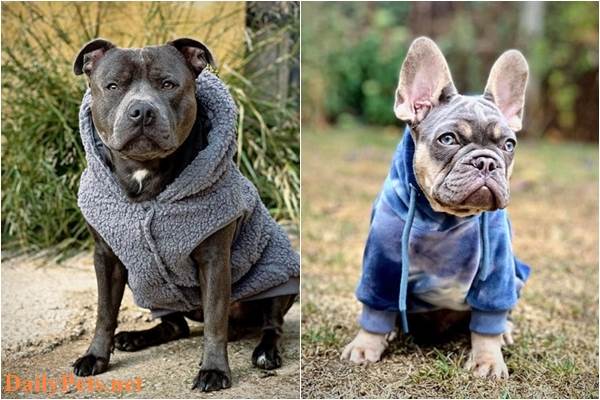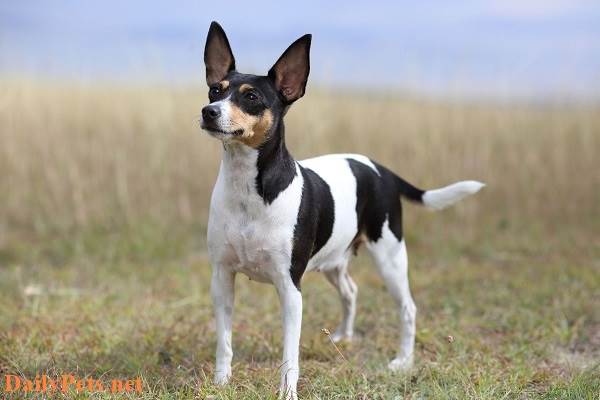Well, let’s explore some interesting facts about the Great Dane breed with DailyPets.net!
Great Dane Dog Origin
There is a lot of information about the origin of this breed, such as them being descendants of Old English Mastiffs crossed with Greyhounds or the Irish Wolfhound. However, the exact origins remain somewhat unclear.
The Great Dane is recognized as the oldest dog breed to date. The earliest records of this breed date back 3000 years before Christ in Greece, and they also appear in many ancient sites in areas such as Egypt, Rome, and ancient Babylon.
Many German nobility used their size, strength, and intelligence to guard homes and castles in the late 17th century. From the late 18th century, they continued to be bred and refined for their friendly disposition towards humans, becoming a popular pet.
In 1889, the Great Dane breed club was founded in the United States and continues to exist. Great Danes also holds the Guinness World Record for the world’s tallest dog breed.
Great Dane’s Physical Characteristics
The most remarkable feature of the Great Dane breed is its incredibly impressive height, recognized as the tallest dog breed in the world. Great Danes typically stand between 71 – 86 cm (28 – 34 inches) tall and weigh around 45 – 90 kg (99 – 198 pounds). They have a tall, robust, and elegant body.

Great Dane dog.
Their legs are strong, long, and muscular. The front legs are usually straight and sturdy, while the hind legs are notably muscular.
The Great Dane’s head is long and slender compared to other mastiff breeds. They have a broad forehead, almond-shaped eyes, a large nose, a wide mouth, and strong jaws. Notably, their neck and chest are very firm and large. Great Dane’s ears are large and hang down, often cropped by owners to avoid potential injuries.
Great Danes have short coats with various colors like black, black and white, fawn, brown, gray, etc. Their fur, while short, is quite dense and smooth, providing ample insulation.
Great Dane’s Personality Traits
Despite their large size and somewhat intimidating appearance, Great Danes are known for being gentle, affectionate dogs. They are trained to be protectors of their human family, especially around children.
Great Danes are highly intelligent and have a good ability to assess situations and signal danger. They are quiet and tend to bark or react aggressively only to strangers they perceive as threats.
However, Great Danes are also on the list of breeds prone to becoming easily agitated, making early training and socialization essential. It’s more effective to train them from an early age rather than when they are fully grown.
Reasons to Adopt a Great Dane
Great Danes are intelligent, friendly, and highly loyal dogs. If you’re looking for a dog that is both obedient and enjoys playing with children, Great Danes are an ideal choice. You can trust them to guard your home effectively.
Caring for a Great Dane
Diet
For Great Dane puppies under 3 weeks old, their primary diet is mother’s milk. Around 1 month, they can start eating soft foods like porridge and gradually transition to solid food. At this stage, it’s essential to avoid feeding them seafood to prevent digestive issues.
From the age of 2 months, you can feed them a well-balanced diet of milk, eggs, fish, green vegetables, and fruits.
Exercise
Great Danes are very active, so they need a lot of space for running and playing. Regular exercise is crucial, but be careful not to engage in strenuous activities when they are very young to prevent bone issues.
Grooming
Great Danes have short, low-shedding coats, so regular baths and brushing are sufficient to keep them clean and comfortable. Nail care should be part of the routine to ensure their health and mobility.
Common Health Issues with Great Dane Dogs
While they are considered a robust breed, Great Danes can still face genetic health issues such as bone disorders, heart problems, lung issues, and occasional eye problems.
Great Dane lifespan
The average lifespan of a Great Dane dog is typically between 7 to 10 years. However, some Great Dane dogs may live slightly shorter or longer lives, depending on various factors such as genetics, diet, exercise, and overall healthcare.
It’s important to note that Great Danes are a giant breed, and larger dogs often have shorter lifespans than smaller breeds. Proper care, regular veterinary check-ups, and a healthy lifestyle can help extend a Great Dane’s life and improve their overall quality of life.
Great Dane Dog price
The price of a Great Dane dog can vary widely based on several factors, including the dog’s pedigree, age, health, and the breeder’s reputation. On average, you can expect to pay anywhere from $1,000 to $3,000 or even more for a Great Dane puppy from a reputable breeder. Show-quality or champion bloodline puppies may cost even more.
It’s essential to do thorough research and choose a responsible breeder who focuses on the health and well-being of the dogs. Be cautious of unusually low prices, as they could be a sign of a puppy mill or a breeder who doesn’t prioritize the health of their dogs.
Adopting a Great Dane from a rescue organization or shelter is another option and is often more affordable. Adoption fees typically range from $300 to $600. Additionally, adopting a dog provides a loving home to a needy dog.
Keep in mind that the initial purchase price is just one part of the cost of owning a Great Dane. You’ll also need to budget for ongoing expenses such as food, veterinary care, grooming, training, and supplies. The larger size of Great Danes means they may have higher food and healthcare costs than smaller breeds.





